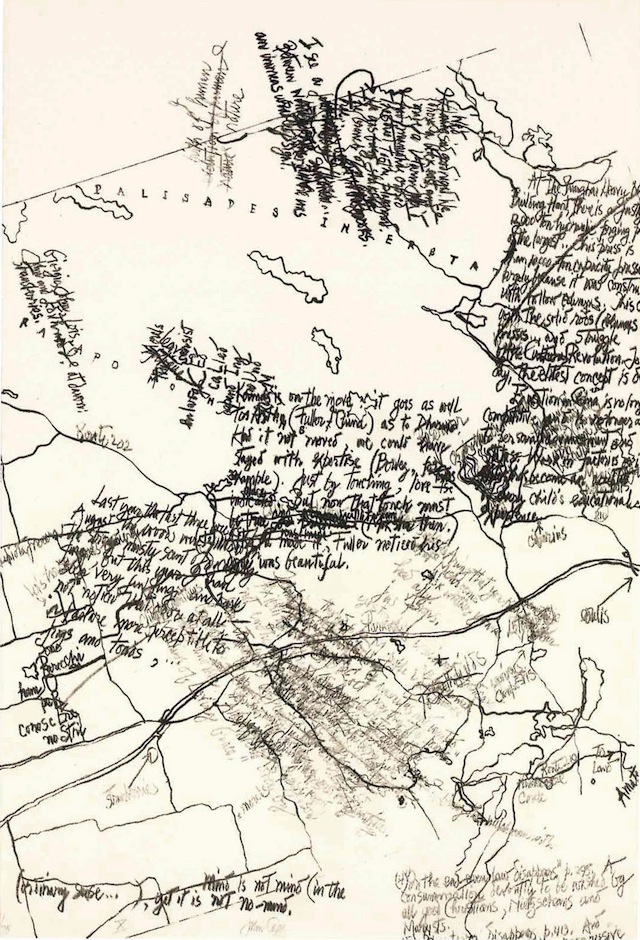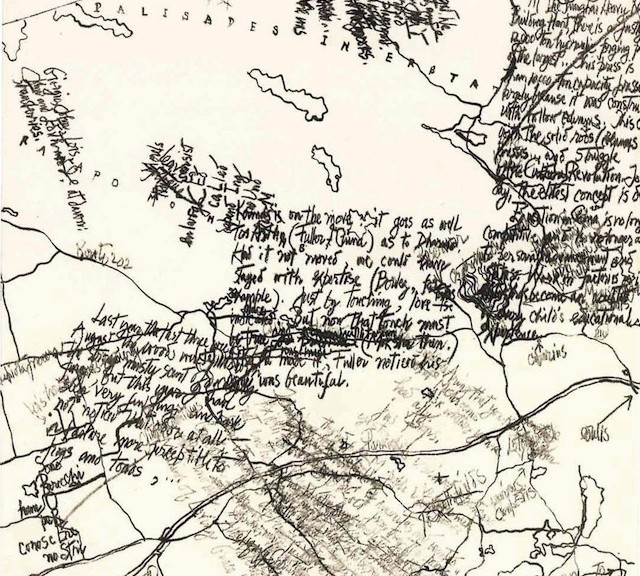…you can’t just come upon them directly, they come to you as things hidden.”
John Cage
Little known fact; legendary composer of experimental sounds, John Cage, was an ardent mushroom hunter. Which begs the question: how did his love of mushrooms, their unpredictable rhizomic structures, affect his art?
Through his art, Cage forced listeners to attend to the sounds around them, composed and incidental, a skill enriched by mushroom hunting he believed . In one of the sections of his work, Indeterminacy (#113), he seems to make explicit this bond:
Music and mushrooms:
two words next to one
another in many dictionaries.
Where did
he write The Three-Penny Opera?
Now he’s
buried below the grass at the
foot of High Tor.
Once the season
changes from summer to fall,
given sufficient
rain, or just
the mysterious dampness that’s in
the earth,
mushrooms grow there,
carrying on,
I am sure,
his business of working with
sounds.
That we
have no ears to hear the
music the spores shot off
from basidia make obliges us
to busy ourselves microphonically.
Cage explained how this passionate relationship started;
“During the Depression, in California, I had no money. I was living in Carmel and around my shack grew mushrooms, I decided they were edible and lived on them.”
An amateur mycologist, Cage taught a class on mushroom identification at the New School for Social Research, he revived the New York Mycological Society in 1962, and his extensive fungi collection, is now housed at the University of California, Santa Cruz. In assembling his co-authored book, The Mushroom book, Cage left the visual presentations of his writings to the Chinese I Ching system of chance, a common method of decision making when creating his art to foregrounding indeterminacy.


